Yesterday, Japan experienced its most powerful earthquake since 2018. As some of you know, I’m currently in Japan and—by a twist of fate—was on the 45th-floor observation deck of the Tokyo Metropolitan Government Building in Shinjuku when it struck.
Adrian and I were admiring the sprawling cityscape when the floor beneath us began to move. A quick glance between us confirmed what we both felt—an earthquake. We instinctively stepped back from the floor-to-ceiling windows. Around us, others dropped to the ground and moved toward the center of the room as the building began to sway. Amid the commotion, the eclectic Kusama grand piano fell silent.
I checked the Japan Meteorological Agency’s website and saw that the epicenter was in Noto, Ishikawa Prefecture, with a magnitude of 7.6. Since then, we’ve learned—heartbreakingly—that six lives have already been lost, with hundreds more likely to be reported in the coming days, as recovery efforts are only just beginning.
It was a surreal experience—to be suspended 250 meters above ground in a swaying tower, moments after marveling at the vast panorama before us: Mount Fuji in the distance, Tokyo Dome, the towering silhouettes of Shibuya and Shinjuku, all held within the wide embrace of the city’s endless sprawl.
Despite the tremors continuing for the better part of half an hour, a quiet calm settled over the room. Among more than a hundred people, only a few showed visible signs of distress. There were some anxious glances, but no cries, no gasps, no outward expressions that would connect our experience to the awe-inspiring raw natural phenomenon unfurling around us.
Perhaps this composure is to be expected in a nation with a long history of formidable earthquakes and tsunamis. Perhaps it was the dampening effects of modern urban architecture, insulating us from the direct exposure to nature’s uncertainty.
After the tremors subsided, we started to focus on our exit strategy. A queue had formed in front of the elevator, but when it became apparent that the elevators were not operational, the crowd opted to sit down. The authorization to use the elevators was pending, compounded by a shortage of staff available to guide individuals down 45 flights of stairs. All this delay highlighted an ironic facet of Japanese culture, where risk-aversion can inadvertently and perversely create further potential risk: the looming possibility of another tremor couldn't be dismissed, and keeping people stranded at such heights seemed far from an optimal response. At this point I felt pretty certain that had this scenario been playing out in the US, we would be in some sort of dramatic stand-off with throngs rushing for the stairs no matter what the authorities were saying; insisting they be allowed to leave as soon as possible.
Adrian and I struck up a conversation with a delightful Taiwanese couple, noting how little Chinese was being spoken in the room—a noticeable contrast to its prevalence across Tokyo this past week. With a touch of humor, we speculated that it might have something to do with the floor number: 45. In Chinese culture, the number 4 is a homonym for "death" and is considered deeply unlucky. Many Chinese buildings skip the fourth floor altogether, jumping from three to five.
We also shared a few laughs about Japan’s famously risk-averse culture, imagining how the same situation might have played out in China. As the tremors faded, we witnessed and savored a breathtaking sunset casting its hues behind Mt. Fuji.
After roughly an hour and a half (and, we suspect, a decision by the building safety staff that climbing up 45 flights of stairs to escort people down was highly undesirable), the elevators were finally authorized for use. We descended from the building, eventually reaching a noodle shop in the basement of Shinjuku-eki. This prolonged wait and conclusion added an extra surreal dimension to the aftermath.
Throughout the experience, I remained remarkably composed. Initially, I was inclined to attribute it to resilience and fortitude. ;) But upon deeper reflection, I recognized that my ability to remain so relaxed stemmed less from any sort of inner tranquility and, more fundamentally, from privilege: that of being in a country equipped with earthquake-resistant structures and stringent building safety standards and policies. The building we were in had rocker mechanisms and dampers which assured me of its stability. (Strangely, a prior experience of being caught in an earthquake in Tokyo during the late 90s, inside a department store, likely also contributed to my sense of calmness).
These incidents contrasted deeply with my experiences in the aftermaths of earthquakes elsewhere in the world. Visiting Nepal shortly after the devastating 2015 earthquake, I witnessed the widespread devastation resulting from substandard construction in Kathmandu and rural areas. While in a meeting with government officials, a minor tremor caused all the Nepalis in the room to swiftly leap up and rush into the courtyard, taking us foreigners by surprise. Talking with Nepali colleagues and friends afterward revealed the pervasive trauma among those who had lived through the earthquake, sparking a discussion on the lingering impact of such seismic events on individuals and communities.
I was reminded vividly of the Sichuan earthquake in May 2008, during my tenure as Northeast Asia Director and China adviser for the International Crisis Group. That catastrophic event claimed the lives of more than 70,000 people, many of them victims of collapsed buildings—structures that failed due to poor construction and a systemic disregard for safety standards. The devastation was especially severe in impoverished areas, where corruption and neglect were rampant.
Among the most heartbreaking losses were the schoolchildren buried beneath what came to be known as “tofu buildings” (豆腐建筑, dòufu jiànzhù)—a term that captured the fragile, crumbling nature of these poorly built public structures. The tragedy sparked national outrage, especially in the shadow of the one-child policy, as thousands of parents lost their only child in a disaster that could have been prevented.
I visited Ai WeiWei's powerful memorial exhibits in Beijing, most notably Remembering, which displayed the names of thousands of schoolchildren who perished in the quake, a haunting roll call to honor the lives lost. Another of his most poignant installations featured rows of children’s backpacks arranged to spell out the words: “She lived happily for seven years in this world”—a quote from a grieving mother who lost her only child.
It was a harrowing time to be working in China.
I also remembered the rare and unprecedented move by the Chinese government to open its borders to international aid—departing from past practice by supplementing its military, security forces, and medical teams with disaster relief experts and equipment from abroad. Help came from countries including Japan, Russia, South Korea, Singapore, and even private teams from Taiwan. In the face of overwhelming loss, it became a rare moment of international collaboration aimed at easing suffering.
I also recalled the tragic Haiti earthquake of 2010, when a magnitude 7.0 quake struck near Port-au-Prince. The scale of devastation was immense—230,000 lives lost, and more than a million people left without homes. As in Sichuan, the tragedy was compounded by poor building practices and substandard materials, turning homes and public spaces into death traps when the ground began to shake.
This disaster struck close to home. I lost a dear friend and former grad school roommate—just a year behind me—who had followed a similar path into UN service. After several international postings, he had returned to his native Haiti with his wife and three children, continuing his work with the organization. When the quake hit, he made a desperate attempt to shield his two daughters. Tragically, all three were killed. Miraculously, his wife and one child survived. In the years since, they’ve rebuilt their lives in New Zealand.
Of course, these are just a few examples among many where earthquakes have brought widespread devastation to developing countries. Too often, the destruction stems not just from natural forces, but from preventable human failures—insufficient building standards, weak enforcement, corruption, and the widespread use of substandard materials and techniques.
These calamities amount to grave human rights violations—denying vulnerable communities access to safe housing and basic protections that form the foundation of economic, social, and cultural rights. The issue transcends mere lack of awareness, education, or regulatory frameworks. It reflects systemic failures in urban planning and zoning—failues that allow densely populated areas to become filled with fragile, poorly built structures, amplifying the destruction when seismic events strike.
As a result, the aftermath of earthquakes in these regions is marked by devastating loss of life, widespread injury, mass displacement, and severe economic disruption. These compounded hardships deepen existing cycles of poverty and pose significant barriers to long-term recovery and resilience.
Reflecting on yesterday's earthquake in Tokyo, I was struck by the surreal experience of standing inside a tall, modern structure as it swayed—without ever feeling personally at risk. The prevailing calm among those on the observation deck likely stemmed from a quiet confidence: the knowledge that they were in a country built on rigorous safety standards and resilient infrastructure. In many ways, Tokyo is insulated—its people protected not only by engineering, but by layers of economic stability, cultural preparedness, and effective governance that soften nature’s unpredictable blows.
In a city where cafés offer curated encounters with cats, pigs, hedgehogs, and even otters as a way to reconnect with nature, there’s a quiet commentary on modern life. Our urban existence often leaves us distanced from the vibrancy of the natural world—and from the full spectrum of life, including its inevitable cycles of birth and death. Of course, this sense of disconnection isn’t unique to Tokyo; it echoes across many global cities. (That said, I do have a soft spot for cats, pigs, and hedgehogs!)
This sense of detachment stands in stark contrast to my experiences in Nepal, my reflections on the aftermath of the Sichuan earthquake, and my emotional connection to the devastation in Haiti. In those places, earthquakes of no greater magnitude than yesterday’s in Japan—one I experienced calmly from high above a bustling metropolis—have wrought profound devastation. The toll has fallen heaviest on the most vulnerable, especially children.
These experiences underscore the vital importance of advocating for equitable access to safe infrastructure and essential resources for vulnerable regions. They highlight the urgent need for global collaboration—not only in disaster response, but in preparedness and prevention, long before the ground begins to shake.
The Tokyo earthquake on January 1, 2024, brought into sharp focus how an event that felt relatively unremarkable in a developed economy could have caused catastrophic loss of life in much of the world. It served as a stark reminder of the privilege embedded in safety measures—and of our urgent responsibility to confront the glaring disparities that leave millions in vulnerable regions exposed to the full force of earthquakes and other natural disasters.
Let me be clear: nothing about this experience should deter you from visiting Japan. It’s a truly enchanting place—one that keeps calling me back. This is my fifth visit, and each time reveals something new and quietly magical. If you're drawn to the emotional depths of this land, I recommend Suzume, a beautifully rendered film by Makoto Shinkai that explores the lingering echoes of the 2011 earthquake and tsunami. It’s streaming now and well worth your time.
I’m now stepping into a Zen retreat, grateful for the pause and the space to listen inward. Wishing you steadiness, presence, and a meaningful start to the year ahead.
With love, Stephanie




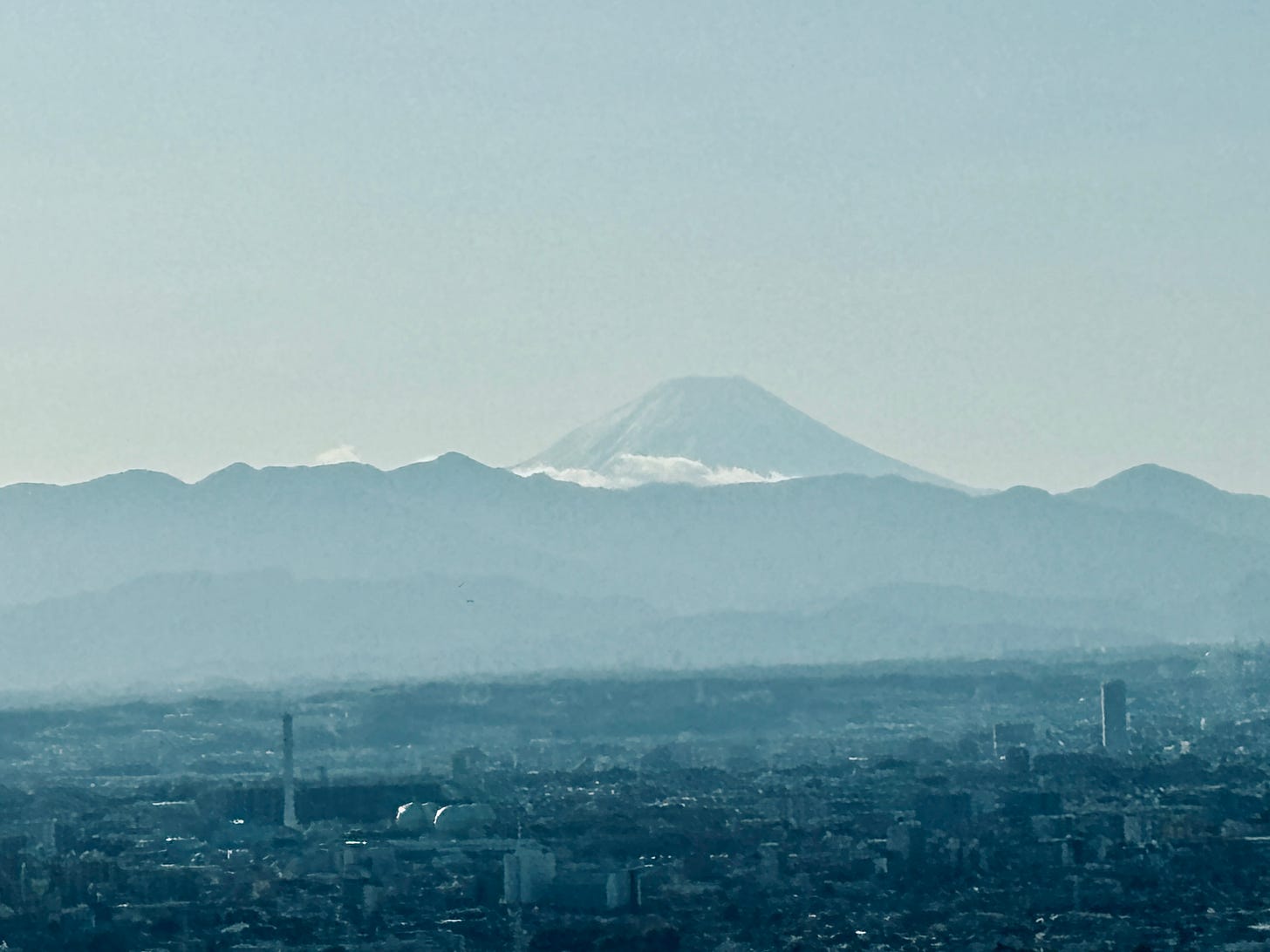
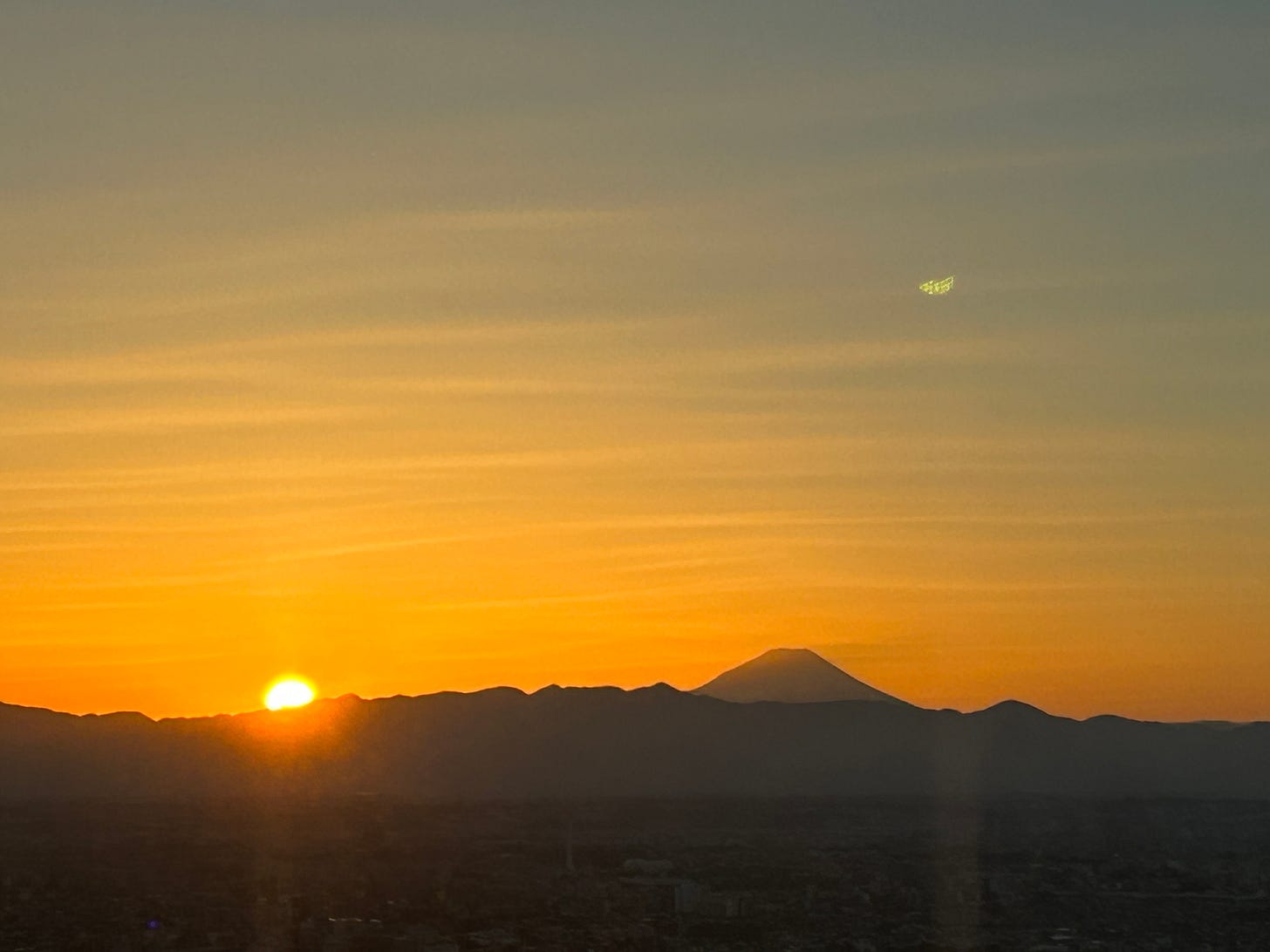
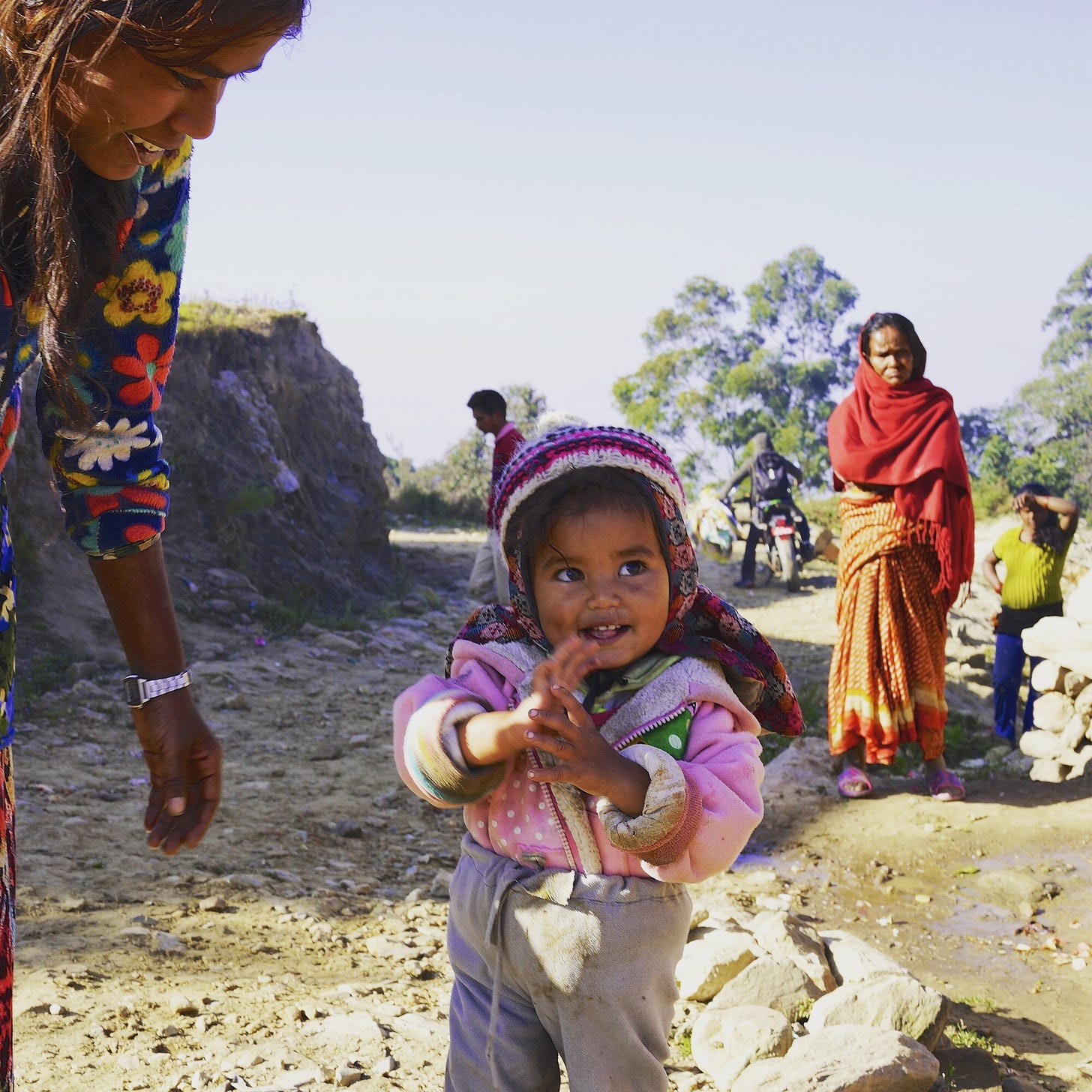
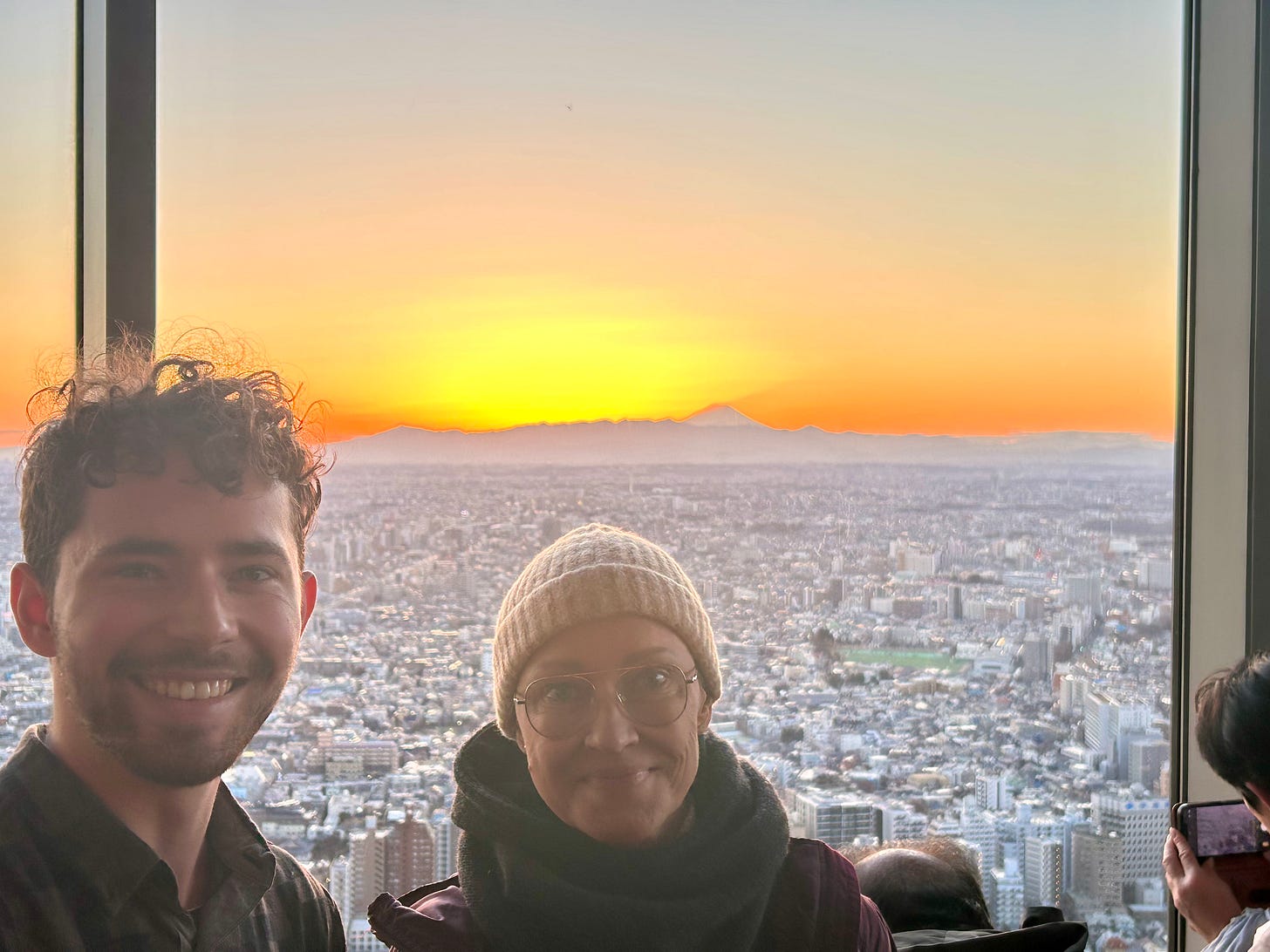

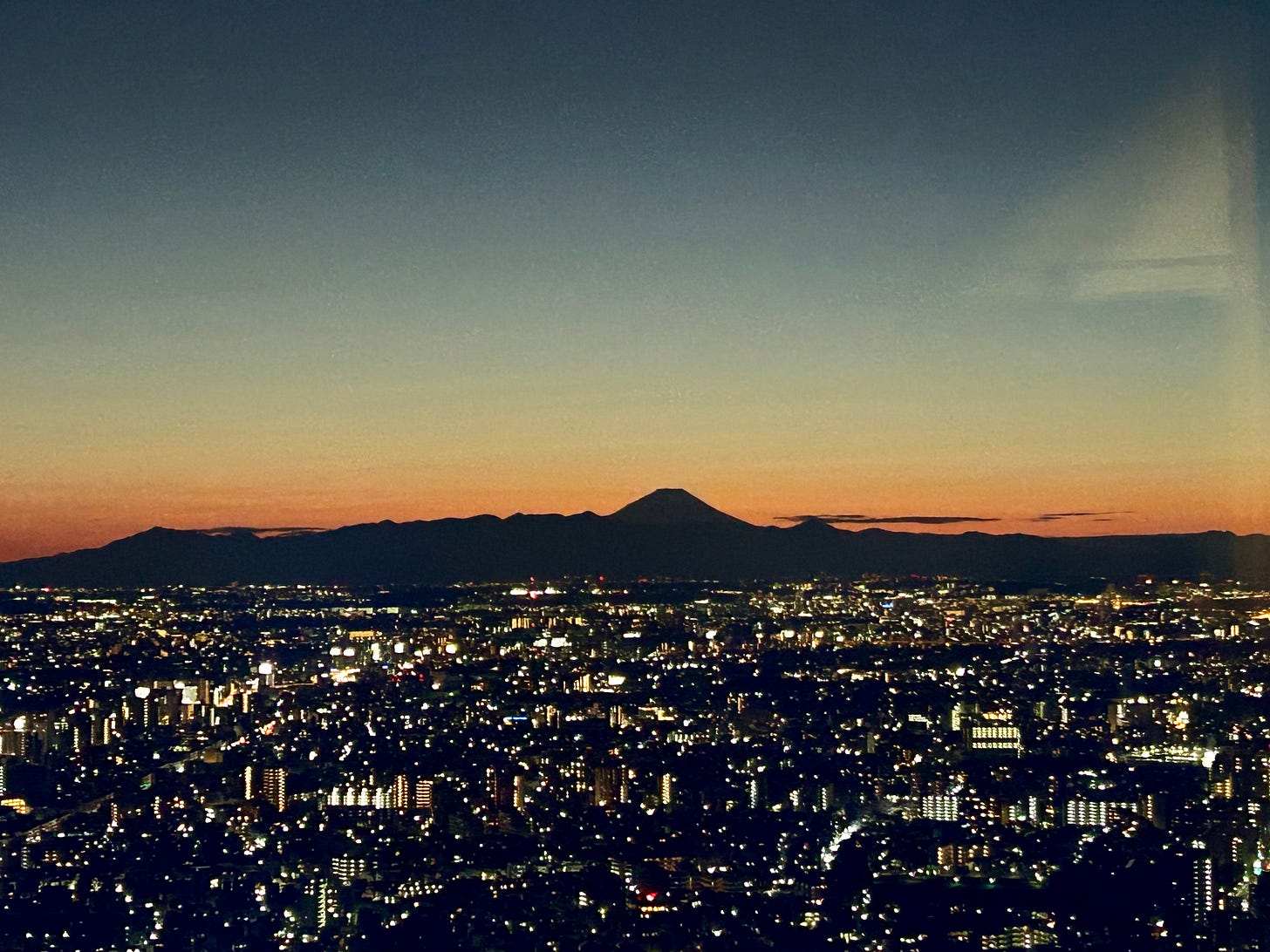
SKA - I would like to invite you to share with us - if you like - your response to the following question: In what ways has your “cancer related journey” impacted your desire and ability and approach to writing ? 🙏🏽